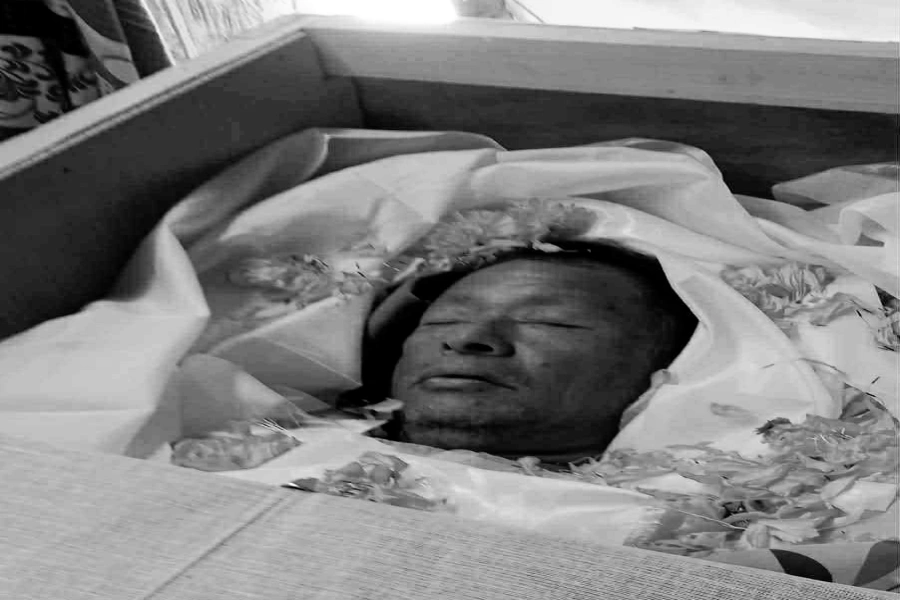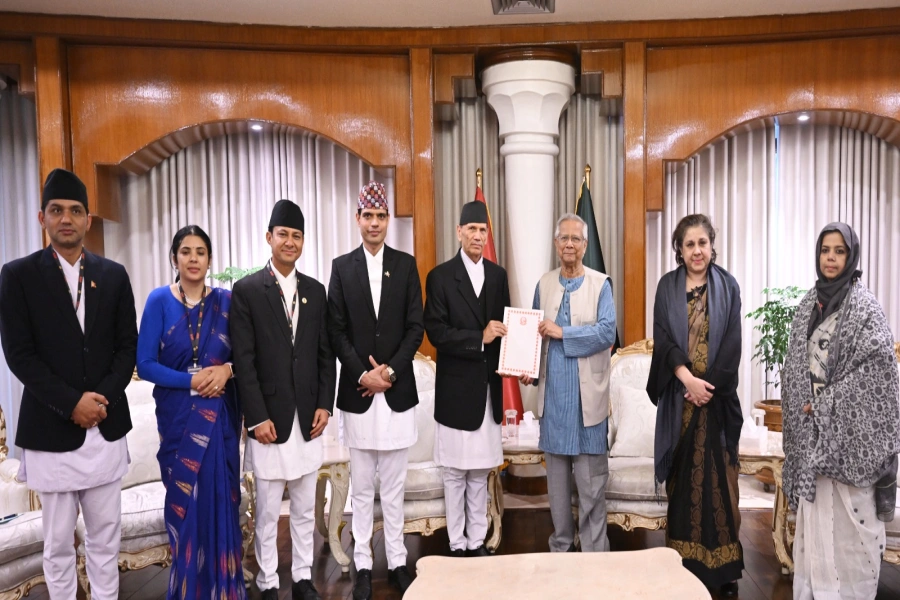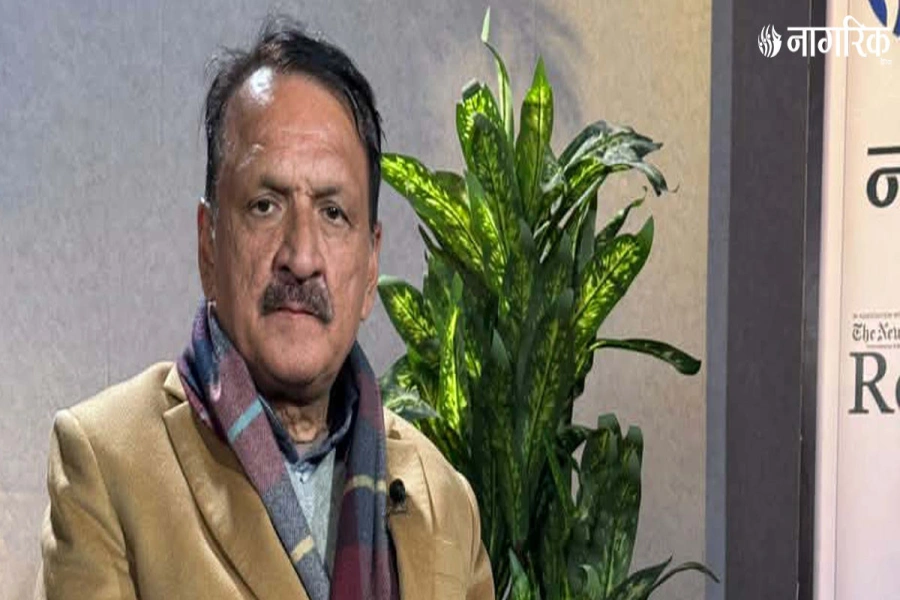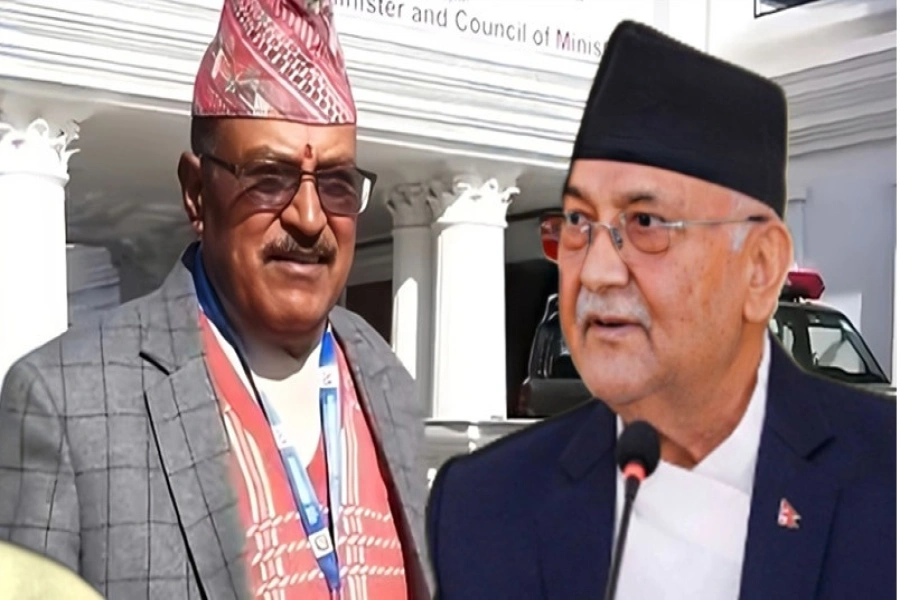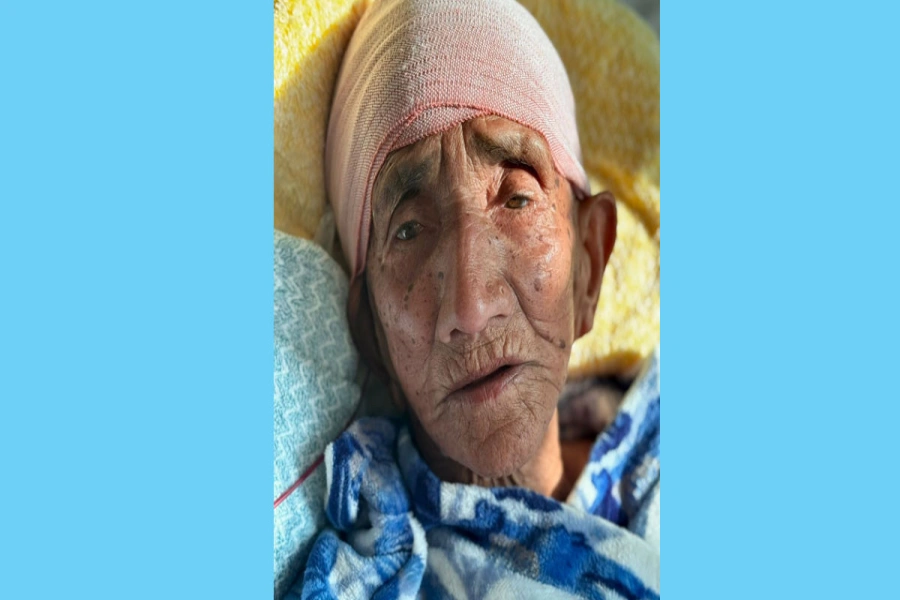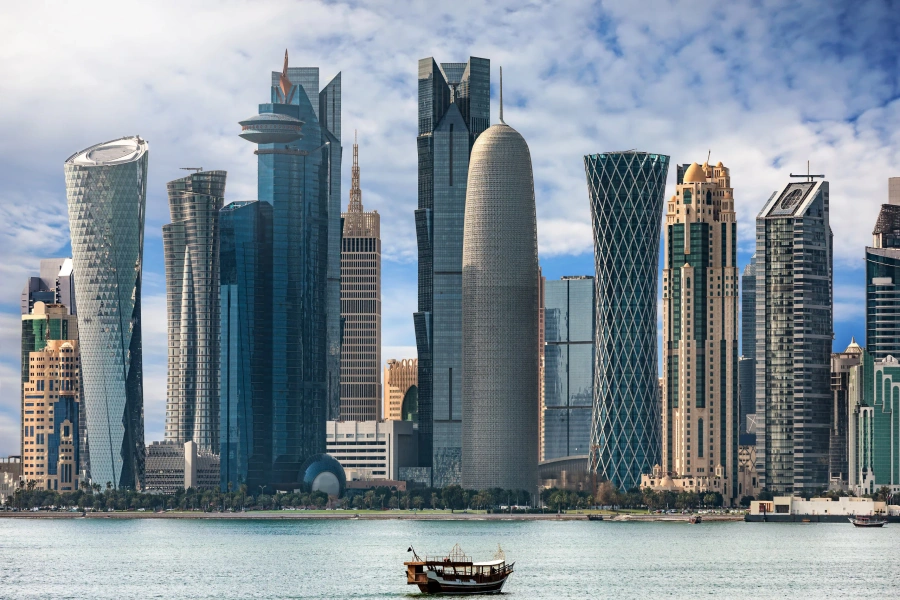Some of the expressions in truck literature also seek to highlight that drivers have a cozy life, that they are the darling of girls
Writing comes so naturally to them. I wish I could write like them. Have no clear idea of what I am talking about? Well, I am talking about the hands that write those beautiful, catchy, funny, witty, immortal and lyrical (at this point, I have run out of adjectives to describe them adequately) lines on public vehicles.
Locals block tipper trucks for damaging roads

I have read somewhere that a well-known Nepali literary figure, fascinated by Shayaris written on the back of trucks, has coined the term Truck Sahitya (truck literature) and produced a body of such Sahitya. If I am not mistaken, he is none other than Ramesh Khakurel. While journeying through Kathmandu roads and beyond, I have seen numerous pieces written on the back of public vehicles. Pity is, I can remember just a handful of them, not word by word but the essence in many cases. Sample some of them.
Just a few days ago, I came across this line written on a mini-bus: Lead me, follow me or get out of my way. What a witty line! Is it a famous quote from some well-known management/leadership guru? I know not. Even if it is a borrowed quote, it was clever on the part of the transport crew—the painter, the driver or the cleaner—to put those lines there. Another famous line that adorns public buses is this: Jalneko man jalirahanchha…chalirahanchha (rough translation would be ‘the heart filled with envy will continue to burn while the vehicle with plate number.. will keep rolling on’). You replace the dots with any plate number on the blank space and roll on, without giving two hoots about the heart burning with envy. But don’t honk too hard, don’t opt for speeding just because you don’t get tickets for this offence, always make sure that your vehicle is roadworthy and keep the emission level in check. Arrogance is the theme in many of these writings. One typical writing goes like this: Dum hey to par kar nahi to bardast kar (pedestrian’s translation: ‘Cross the road if you dare, bear with me (my driving, my attitude, etc) otherwise’). Regardless of this line, we the road users should not be made to look on while speeding vehicles hurtle towards their destinations with utter disregard for the safety of the general public. Some of the writings bemoan the life of a writer, like this one: Kasaiko jeewan biscuit ra cake ma driver ko jeewan steering ra brake ma. While it’s really difficult to fathom this emotional expression, let me try to give a fair idea of what the writer is trying to convey. These couplet lines point that while others lead a relatively easy life (feasting on biscuit and cake), a driver’s life hinges on the steering wheel and the brake. Some of the expressions also seek to highlight that drivers have a cozy life, that they are the darling of girls. Elvis Presley rarely sings through these buses’ stereo systems, but this line may be quite close to their lives (no offence intended to any party): I love only one girl, one I got my arms around I love only one girl, one in every town..... Our life is in their hands, there’s no doubt about it.
The road race
Drivers also give life to a city along with many other actors. In a hectic, competitive city life, everyone seems to be trying to overtake everyone else whether on the road or on any other sphere. So, overtaking dangerously, speeding and rash driving on ill-maintained roads milling with vehicles, pedestrians and cattle have become the norm rather than the exception. In this ever-going road race, heavy vehicles like tippers have gained notoriety for posing a serious threat to life of fellow road users, especially the pedestrians. Traffic Police data shows that on an average, seven people lose their lives and 31 suffer injuries in road traffic accidents (RTAs) in Nepal every day. Every year, around 2,000 people die in RTAs in the country. Data also shows that 231 people lost their lives in Kathmandu, Lalitpur and Bhaktapur districts between July 2017 and December 2018. Safe driving can go a long way in bringing down RTA mortality rate since negligent driving is blamed for most of the deaths. Not only driving, but parking also is an ordeal in the Kathmandu valley. One thing is clear, though: The government that collects fine for illegal parking must designate enough parking lots. Anger goes over the roof when one notices in government offices well-managed parking lots designated only for in-house staff. Not that alone, at many public and private offices, there are toilets for exclusive use of office employees, at the expense of the taxpayer. In the rarest of rare instances amid the everyday wild race, the road user comes across some of the sweetest lines written on the back of a vehicle: ‘How was my driving?’ with the driver’s number also included.
I spotted another which read ‘One Miss Game Finish’ probably meant to say ‘if I get one beautiful girl, it would make my life.’
That line I saw on a tourist vehicle at Sorhakhutte. Drivers of vehicles of different types—tipper, truck, bus, minibus, microbus, earthmoving equipment, car, two-wheelers, three-wheelers and VIP vehicles—must dare put that question before fellow road users as part of efforts to make our roads safer.



